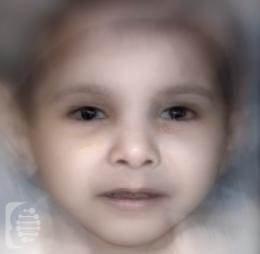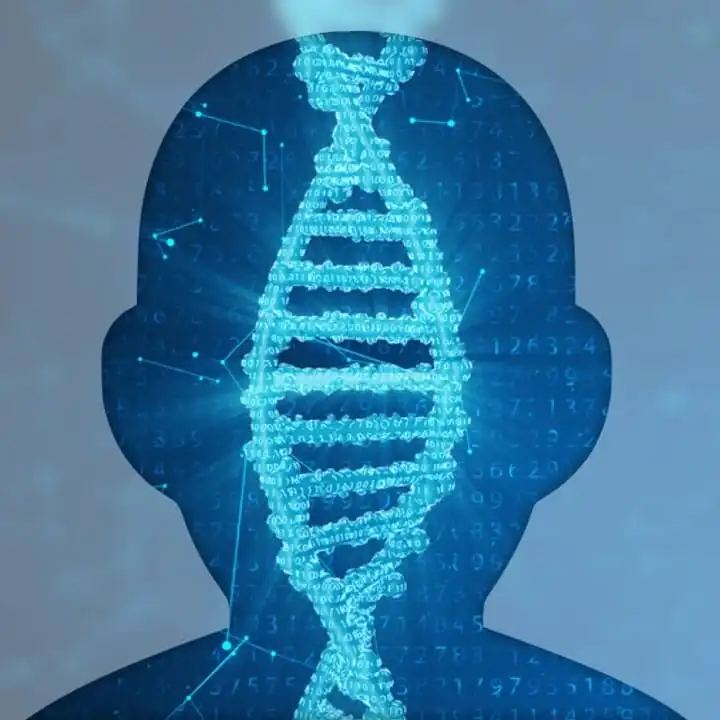What is Hypoparathyroidism-Retardation-Dysmorphism syndrome (HRDS)?
Hypoparathyroidism-Retardation-Dysmorphism syndrome, also called Sanjad-Sakati syndrome, is a rare genetic condition primarily observed in children born to parents of Arab descent, often with a close familial relationship, contributing to its rarity.
This syndrome is also known as:
HRD Hypoparathyroidism with Short Stature, Mental Retardation, and Seizures; Hypoparathyroidism, Congenital, Associated with Dysmorphism; Growth Retardation, and Developmental Delay; Sanjad-Sakati Syndrome
What gene change causes Hypoparathyroidism-Retardation-Dysmorphism syndrome (HRDS)?
Changes to the TBCE gene are the cause of the syndrome. It is inherited in an autosomal recessive pattern.
Autosomal recessive inheritance means an affected individual receives one copy of a mutated gene from each of their parents, giving them two copies of a mutated gene. Parents, who carry only one copy of the gene mutation will not generally show any symptoms but have a 25% chance of passing the copies of the gene mutations onto each of their children.
What are the main symptoms of Hypoparathyroidism-Retardation-Dysmorphism syndrome (HRDS)?
The main symptoms of the syndrome include restricted growth, both before and after birth.
Hypoparathyroidism, with onset in infancy, is another common symptom. It is defined as when the body produces extremely low levels of the hormone, parathyroid. This hormone maintains the minerals, calcium, and phosphorus in the body. This in turn causes involuntary muscle cramping and seizures.
Developmental delay and impaired intellectual ability are other major symptoms of the syndrome.
The unique facial characteristics of the syndrome include delayed growth, a short stature, a small head, deep-set eyes, a depressed nasal bridge, a long philtrum, a thin upper lip, a beaked nose, a very small lower jaw, and large and floppy earlobes.
Possible clinical traits/features:
Ventriculomegaly, Congenital hypoparathyroidism, Deeply set eye, Cryptorchidism, External ear malformation, Delayed skeletal maturation, Astigmatism, Aplasia/Hypoplasia affecting the eye, Bifid uvula, Convex nasal ridge, Cellular immunodeficiency, Frontal bossing, Prominent forehead, Tetany, Microcephaly, Small hand, Severe intrauterine growth retardation, Recurrent respiratory infections, Recurrent bacterial infections, Spinal canal stenosis, Short palm, Hypoplasia of penis, Hypoparathyroidism, Short foot, Hypocalcemic seizures, Hypocalcemia, Depressed nasal bridge, Hyperphosphatemia, Cognitive impairment, Postnatal growth retardation, Short stature, Opacification of the corneal stroma, High forehead, Patchy osteosclerosis, Thin vermilion border, Seizure, Autosomal recessive inheritance, Posteriorly rotated ears, Micrognathia, Micropenis, Intellectual disability, Intestinal obstruction, Intrauterine growth retardation, Myopathy, Abnormality of dental enamel, Increased bone mineral density.
How is it diagnosed?
To find out if someone has a diagnosis of Hypoparathyroidism-Retardation-Dysmorphism syndrome (HRDS), it is important to have a consultation and evaluation with a clinical genetic specialist. Specialists may also suggest specific genetic testing or other types of tests to help reach a diagnosis. FDNA’s AI technology can help speed up the diagnostic process by analyzing facial features and other health information.

